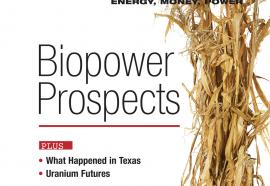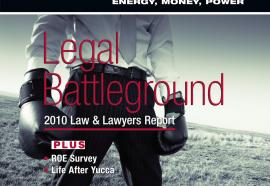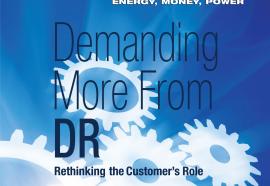First Refusals, Least Regrets
What California can teach FERC about transmission planning.
The California ISO is going its own way with its proposal for transmission planning, virtually ignoring FERC’s proposed rules on transmission planning and cost allocation. California wants to bring method to the madness of developing transmission projects, and its approach has raised hackles in the industry. The dispute defines the battle over America’s most attractive market for rate-regulated investment.











